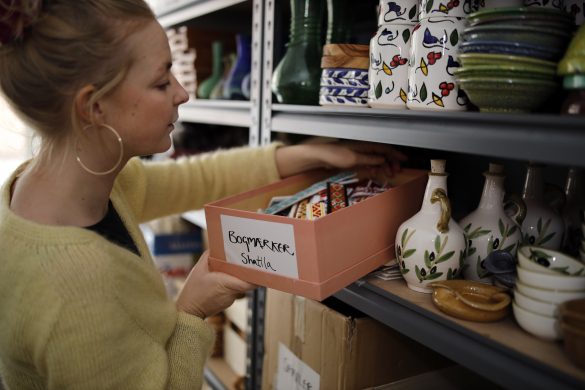Nearly 2 billion people must be provided safe water and basic sanitation by 2015 to meet the United Nations Millennium Development Goal (MDG) of halving the number lacking access, the UN public health and childrens agencies said Monday.
That number would work out to 138 million people per year at an annual cost of 1,3 billion US dollar, “a minimal investment compared with the potential to reduce human illnesses and death and invigorate economies,” the UN World Health Organization (WHO) and the UN Childrens Fund (UNICEF) said in a new report.
Meeting the target by the MDG deadline year of 2015 would add 84 billion dollar (504 mia. DKR) per year to developing economies by averting deaths, lowering health care costs and increasing productivity, says the report, called “Water for Life – Making it Happen.”
In September the UN General Assembly will review the worlds progress towards the MDGs, which were agreed at a summit in 2000.
The report analyzes the essential investments and strategies needed to increase access to water and basic sanitation from today.
– Access to basic sanitation and adequate drinking water makes people healthier and more economically and socially productive, said WHO Director-General Lee Jong-wook adding: – Yet we are not seeing nearly enough money invested in this primary building block of development.
UNICEF Executive Director Ann Veneman said: – While the world is on track to meet its safe water targets, progress on basic sanitation, in terms of the number of people who need to gain access to sanitation facilities each year for the first time, needs to accelerate by at least 58 per cent between now and 2015 to meet the Millennium target.
Sanitation problems are particularly acute in South Asia and sub-Saharan Africa, the report says.
South Asia needs to reach 42 million additional people with sanitation services every year to reach the target. In sub-Saharan Africa, 27 million people every year need access to expanded services, it says.
Kilde: FNs nyhedstjeneste














